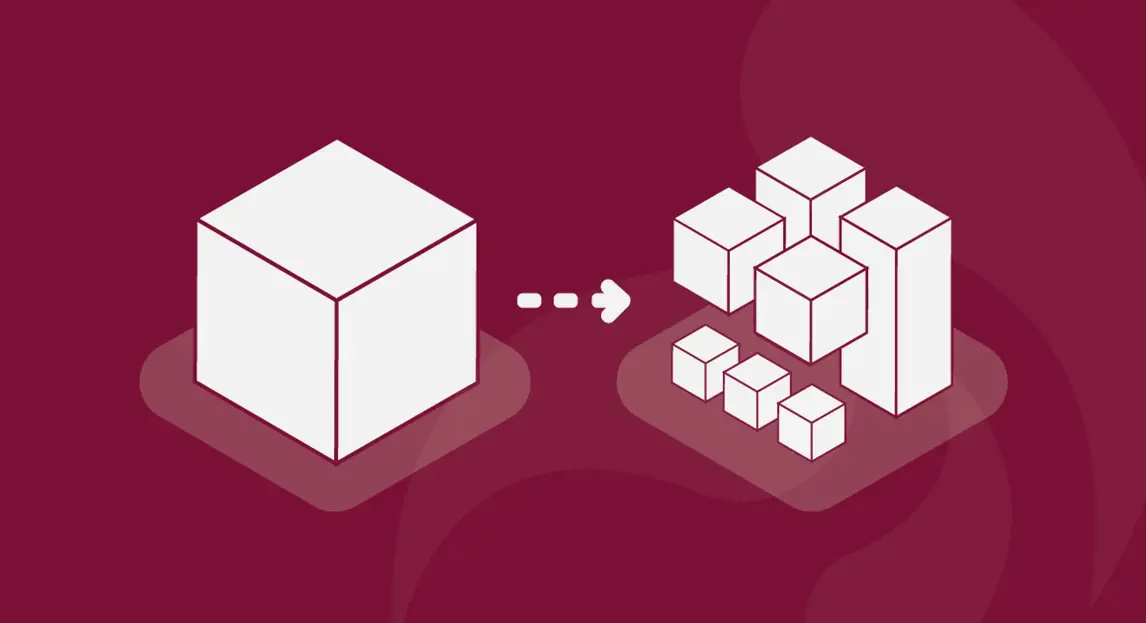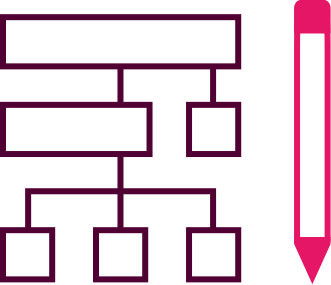
Solution Architecture
Building a Dynamic IT Landscape with Microservice Architecture
Advantages of microservice architecture
How do you phase out legacy software with microservices?
There are several variations of the method described below, but to keep the explanation simple, let's stick to the general principle of replacing a service or a piece of software.
Services
Read about related services
Resources
Browse our insights
Digital Platform
Digital PlatformMarch 8, 2021
March 8, 2021
8 Ways a Strong Website Can Elevate Your Law Firm
Read more
Digital Platform
Digital PlatformOctober 8, 2019
October 8, 2019
Elastic All the Things
Read more
Digital Platform
Digital PlatformMarch 9, 2021
March 9, 2021
Development Process for Building a Website
Read more
Software Development
Software DevelopmentMarch 3, 2022
March 3, 2022
Umbraco Scalability: Overview and Misconceptions
Read more





